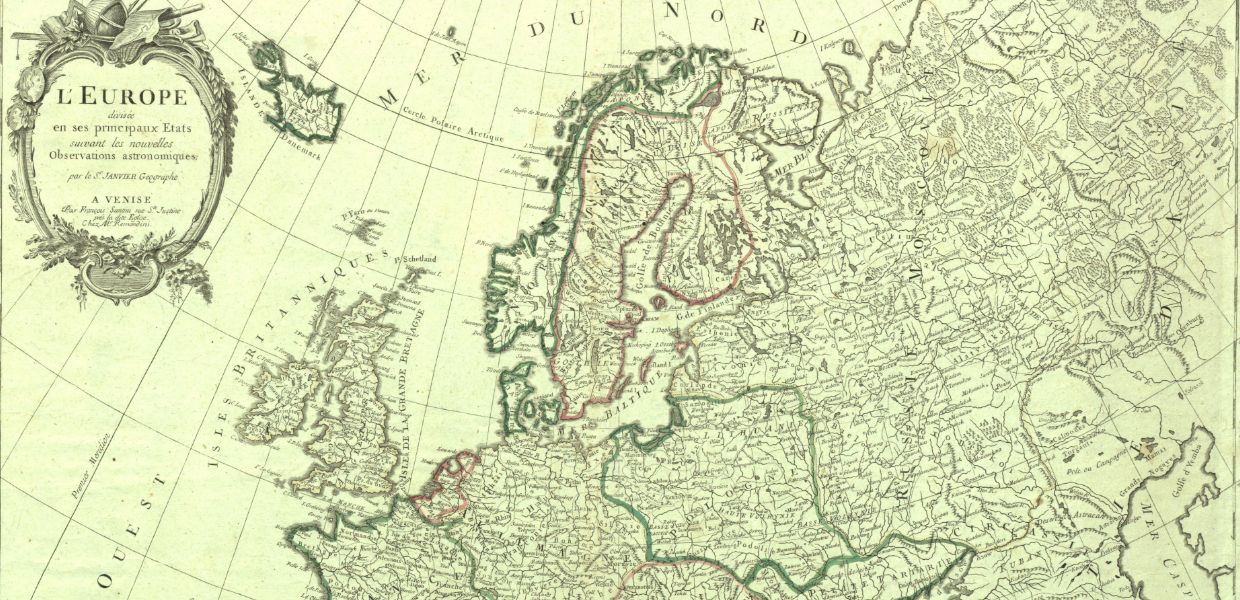What is this report and where is it from?
Every two years, the European Commission reports on the progress made by Member States in the European Union against its policy for digital cultural heritage. The 70-page Cultural Heritage: Digitisation, Online Accessibility and Digital Preservation report looks at progress made between 2015 and 2017.
Jargon check - when we talk about ‘Member States’, we’re talking about each of the 28 countries of the European Union. The report looks at how they set the priorities and directions, and support the work done by cultural heritage institutions in their countries through their ministries of culture. The areas they choose to focus on vary from country to country.
European collaboration is vital to safeguarding our cultural heritage. By working towards the same Europe-wide recommendations for digital culture, the overall impact of the efforts made by Member States in any given area is greater.
Changing focus - from accessible to both open and useful
FACT: Over 90% of all material in Europeana Collections has been provided by cultural heritage institutions from EU Member States (as of August 2018 - see report p.40).
Member States apply national coordination to create a bridge between CHIs and Europeana. They encourage cultural heritage institutions, as well as other publishers and rights holders, to make digitised material accessible through Europeana.
It’s clear from the report - and it’s visible from the count on the home page of Europeana Collections - that the work to provide material to Europeana is going well. Quantitative targets have been met, and so focus is now turning to quality over quantity. That’s great news and mirrors ongoing work from within the Europeana Foundation and the Europeana Aggregators’ Forum to support institutions to provide high-quality open content and metadata through the Europeana Publishing Framework.
FACT: 15% of content from EU Member States is in the ‘high-quality’ bracket (referring to content tiers 3 and 4 of the Europeana Publishing Framework - see report p.39). Spain and Sweden have the most high-quality items in Europeana, followed by the Netherlands, the UK and Germany (see report p.48).
The Member States’ contribution to the Europeana 280 campaign is reported as a good example of coordinated efforts to bring high-quality content into Europeana. Together, the Member States contributed more than 300 high-quality masterpieces to Europeana Collections, the majority of which are now available for anyone to use for education, research or enterprise.
FACT: Top contributing countries as of August 2018 are The Netherlands, Germany, Spain, France and the UK. Among non-member countries, Norway is the biggest contributor to Europeana (see report p.41).
The report suggests that the emphasis on quality should also become part of the conditions for funding digitisation projects. So, if your institution is looking for funding, be sure to consider the quality of the data you want to produce.
FACT: Approximately one-third of the Member States report making public funding for digitisation projects conditional on linking to Europeana (see report p.45).
What will Member States do next?
The priorities set by the Member States have an effect on what work is supported at an institutional level. You can help to shape this for the future. Over the next few months, the European Commission will be consulting on an update to the policy recommendations that direct the Member States’ work. Look out for more details about the consultation and how you and your organisation can contribute later this month.


